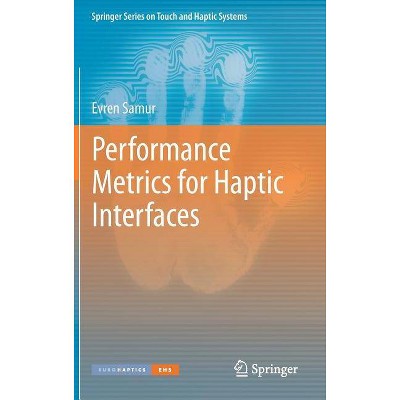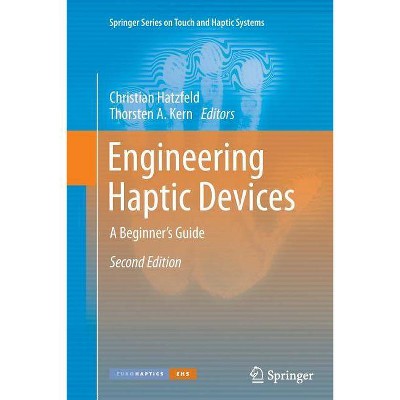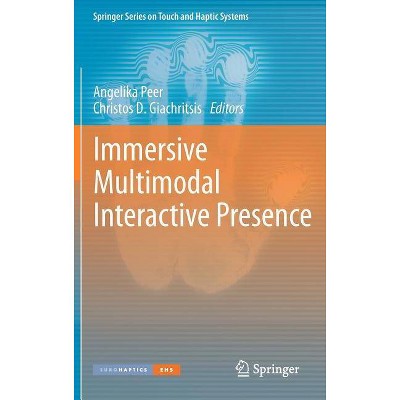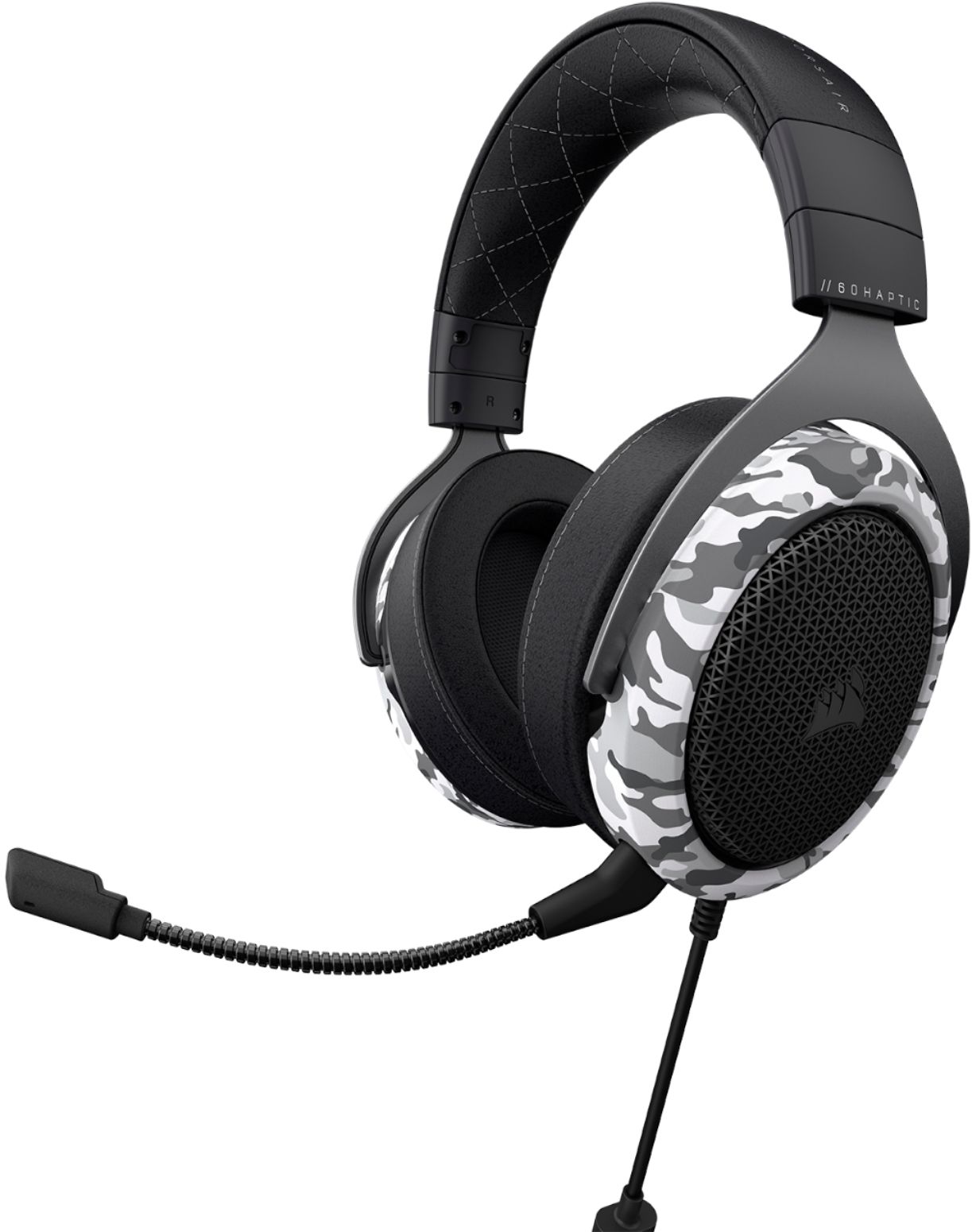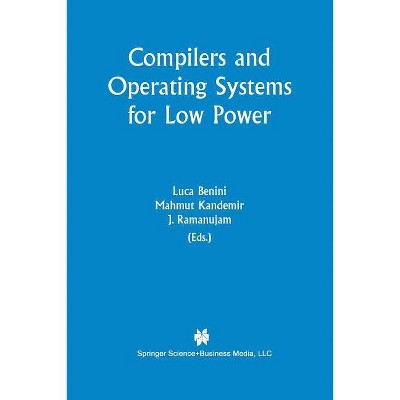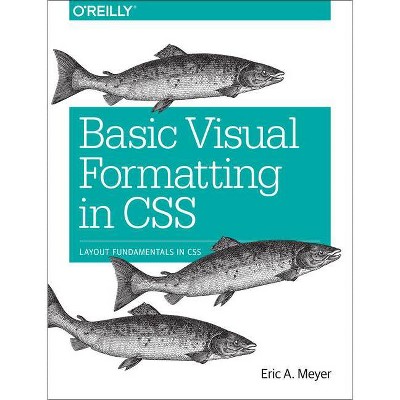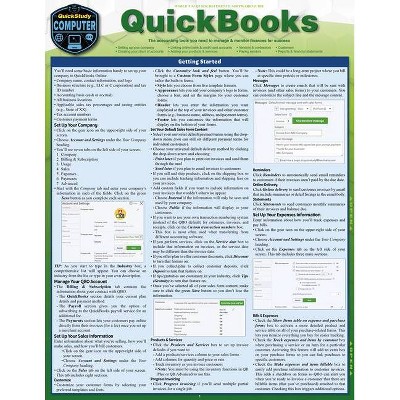Multisensory Softness - (Springer Touch and Haptic Systems) by Massimiliano Di Luca (Hardcover)
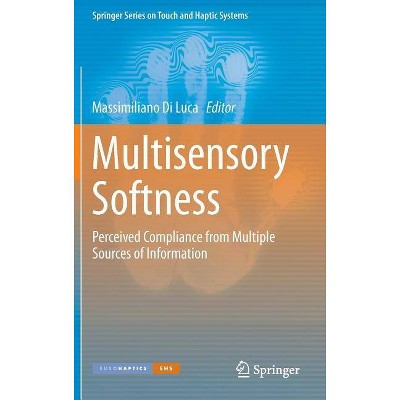
Similar Products
Products of same category from the store
AllProduct info
<p/><br></br><p><b> Book Synopsis </b></p></br></br><p>Offers a unique multidisciplinary overview of how humans interact with soft objects and how multiple sensory signals are used to perceive material properties, with an emphasis on object deformability. The authors describe a range of setups that have been employed to study and exploit sensory signals involved in interactions with compliant objects as well as techniques to simulate and modulate softness - including a psychophysical perspective of the field.</p><p><i>Multisensory Softness</i> focuses on the cognitive mechanisms underlying the use of multiple sources of information in softness perception. Divided into three sections, the first <i>Perceptual Softness</i> deals with the sensory components and computational requirements of softness perception, the second <i>Sensorimotor Softness</i> looks at the motor components of the interaction with soft objects and the final part <i>Artificial Softness</i> focuses on the identification of exploitable guidelines to help replicate softness in artificial environments.</p><p/><br></br><p><b> From the Back Cover </b></p></br></br><p>Offers a unique multidisciplinary overview of how humans interact with soft objects and how multiple sensory signals are used to perceive material properties, with an emphasis on object deformability. The authors describe a range of setups that have been employed to study and exploit sensory signals involved in interactions with compliant objects as well as techniques to simulate and modulate softness - including a psychophysical perspective of the field. </p><p><i>Multisensory Softness</i> focuses on the cognitive mechanisms underlying the use of multiple sources of information in softness perception. Divided into three sections, the first <i>Perceptual Softness</i> deals with the sensory components and computational requirements of softness perception, the second <i>Sensorimotor Softness</i> looks at the motor components of the interaction with soft objects and the final part <i>Artificial Softness</i> focuses on the identification of exploitable guidelines to help replicate softness in artificial environments.</p><p>
Price History
Price Archive shows prices from various stores, lets you see history and find the cheapest. There is no actual sale on the website. For all support, inquiry and suggestion messages communication@pricearchive.us
